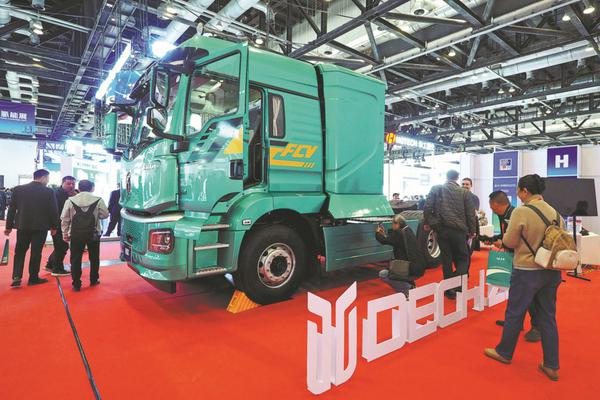
A hydrogen heavy-duty truck attracts visitors at an expo in Beijing. (DU JIANPO/FOR CHINA DAILY)
China's green hydrogen sector is on the cusp of rapid development, potentially blossoming into a 12 trillion yuan ($1.64 trillion) emerging industry as the country strategically prioritizes hydrogen as a cornerstone of its future energy system, according to industry experts and company executives.
Driven by ambitious decarbonization goals and strong government backing, hydrogen is projected to become a major component of China's end-use energy mix, complementing electricity and fostering a vast new industrial landscape, they say.
Analysts conservatively estimate hydrogen will account for approximately 10 percent of China's terminal energy system by 2050, rising to around 15 percent by 2060, solidifying its position as a crucial element in the nation's energy strategy.
This integration into the terminal energy system, working in tandem with electricity, is expected to transform hydrogen into a primary energy consumer, propelling the growth of a massive, multi-trillion yuan industry, said Gan Yong, an academician at the Chinese Academy of Engineering, during the China International Hydrogen Congress 2025 held in Beijing in March.
Infrastructure development is already accelerating. By June 2024, China had constructed 426 hydrogen refueling stations. The deployment of fuel cell vehicles is also gaining momentum, with cumulative adoption exceeding 20,000 vehicles by the end of last year and continuing to climb rapidly.
"In China, ambitious trajectories have been set under the hydrogen energy development plan for 2021-2035 as the country works toward its carbon peaking and neutrality goals," said James George, deputy resident representative of UNDP China.
"The national hydrogen strategy launched in 2021 has been key in adopting hydrogen and fuel cell technology, demonstrating the government's commitment to low-carbon development and clean energy," he said during the congress.
According to Gan from the Chinese Academy of Engineering, logistics-intensive port areas are particularly well-suited for establishing "diesel-to-hydrogen" demonstration zones, as hydrogen fuel cell vehicles are ideal for long-distance, heavy-load logistics, aligning perfectly with port operations.
He believes the adoption of hydrogen heavy-duty trucks in port demonstration zones could transform these pollution hotspots into clean energy showcases, significantly alleviating smog pressures.
"Ports, with their high cargo throughput and dense diesel vehicle usage, offer an ideal environment for centralized hydrogen refueling station deployment," he said.
"Large-scale hydrogen consumption at ports facilitates the economic viability of large refueling stations, potentially dispensing 5 metric tons of hydrogen daily and reducing operational costs. Furthermore, coastal port regions often have proximity to large steel and coking plants, ensuring a reliable and cost-effective supply of byproduct hydrogen," he said.
"Developed port transportation networks also simplify hydrogen delivery and enable the efficient planning of hydrogen pipeline infrastructure, further reducing supply costs and enhancing overall economic efficiency."
Scale efficiencies are also projected to bring the operating costs of hydrogen heavy-duty trucks in line with current diesel counterparts, Gan added.
His view is echoed by global consultancy Rystad Energy, which believes green hydrogen, together with solar, wind and biomass, will be crucial in China transforming from a coal-dependent giant into a leader in clean energy.
All these renewable technologies — including CCUS (carbon capture, utilization, and storage) and battery storage, could receive stronger financial and policy support to play bigger roles in China's energy outlook, said Deng Simeng, a senior analyst for renewables and power research at global consultancy Rystad Energy.








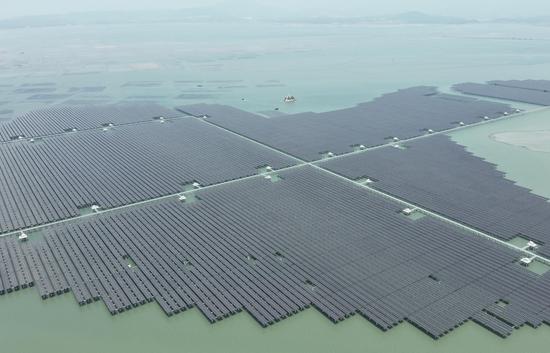
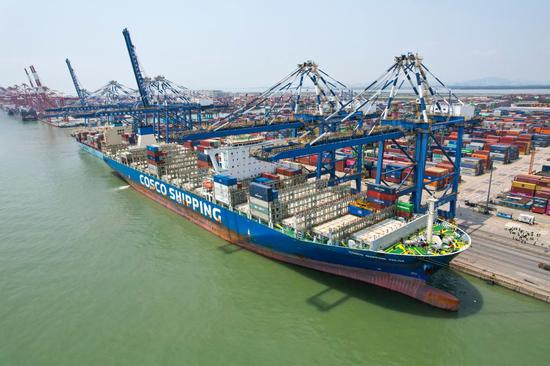

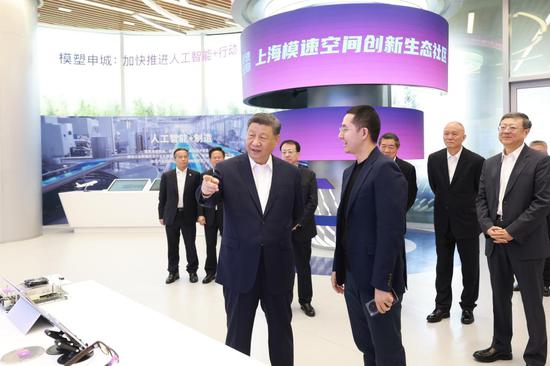










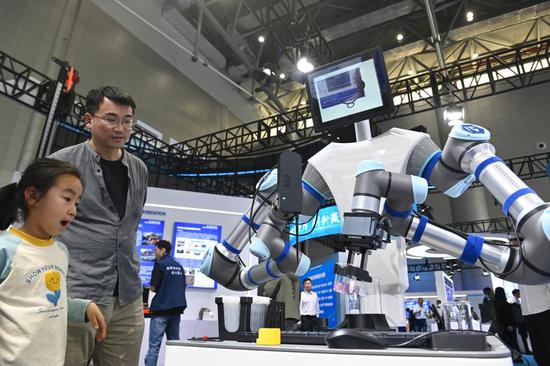






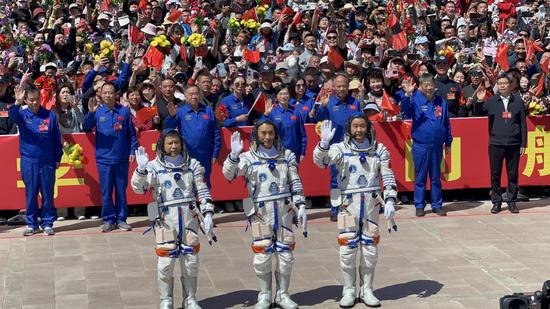
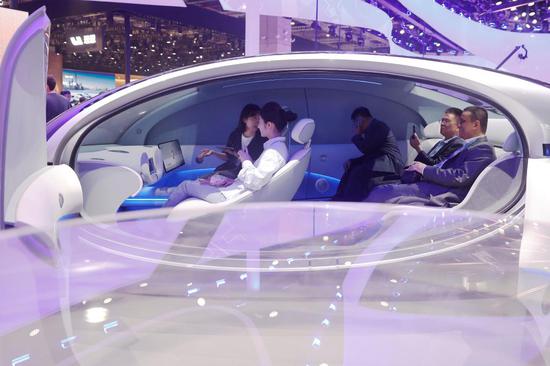

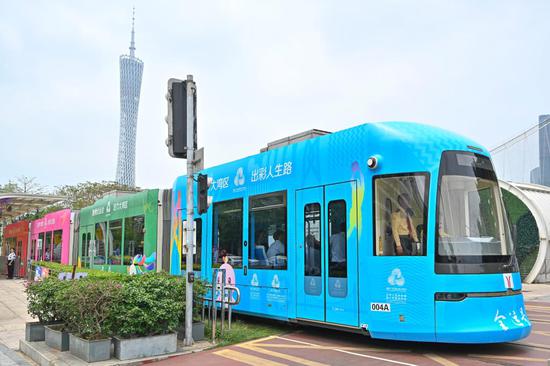







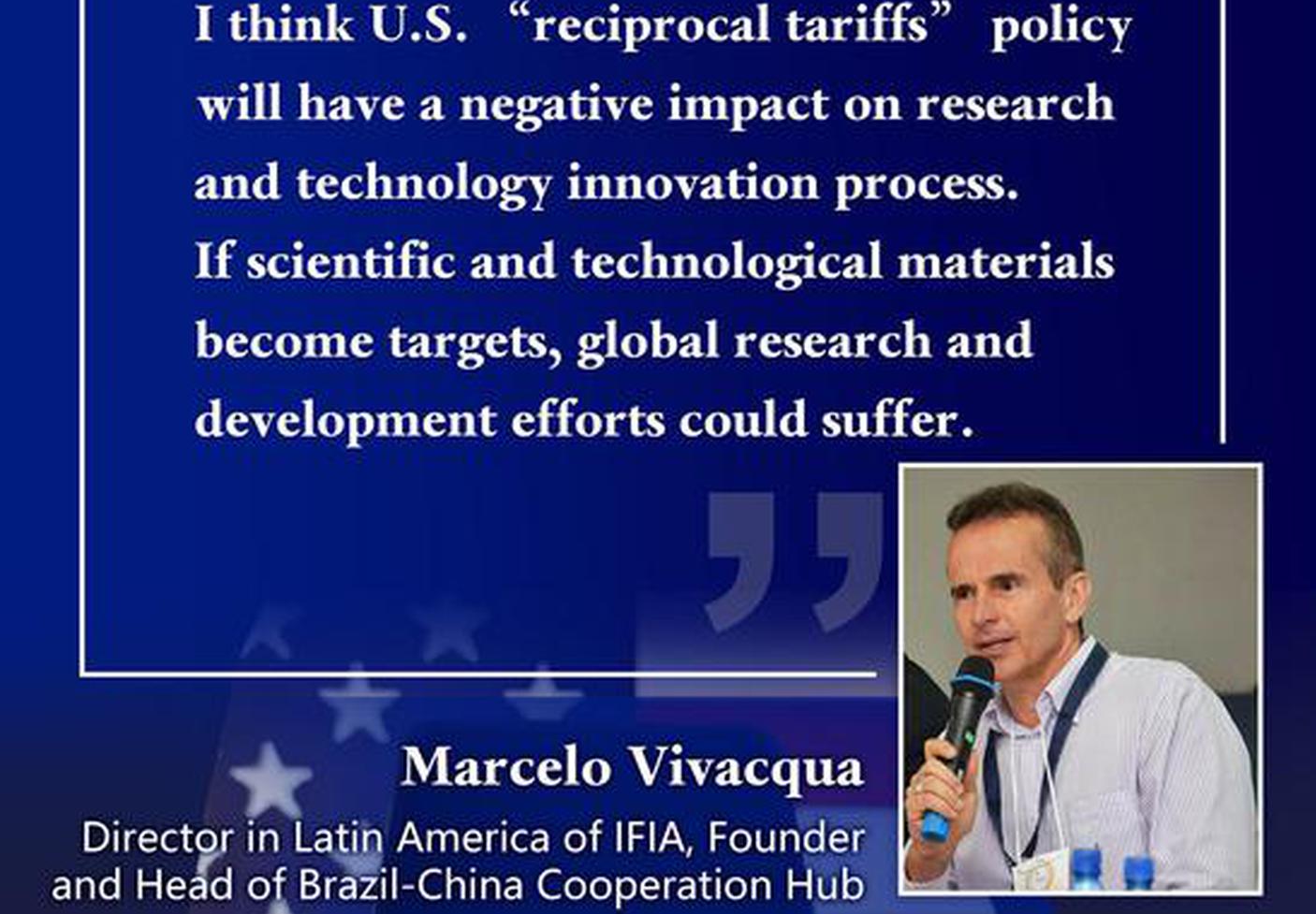









 京公網安備 11010202009201號
京公網安備 11010202009201號